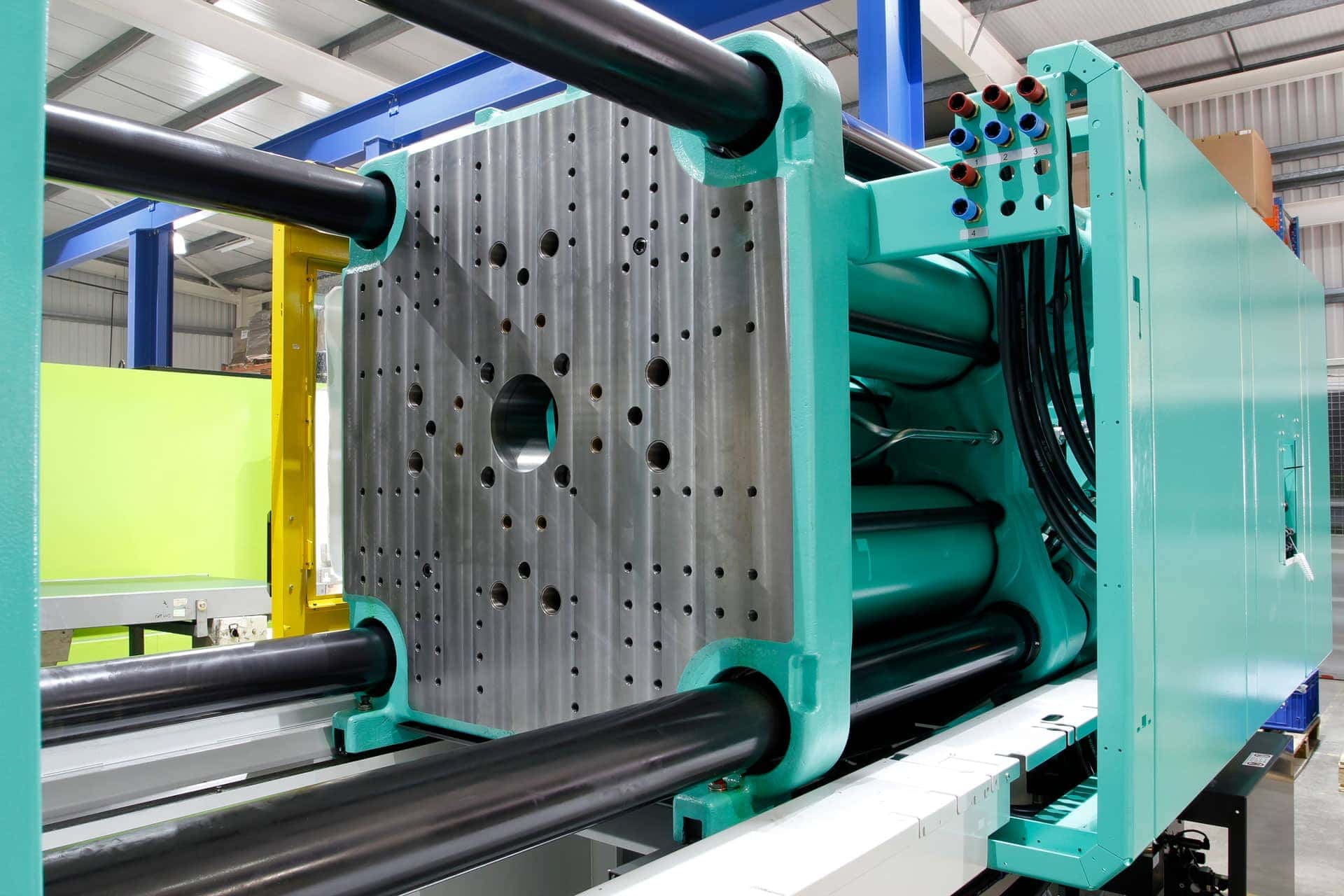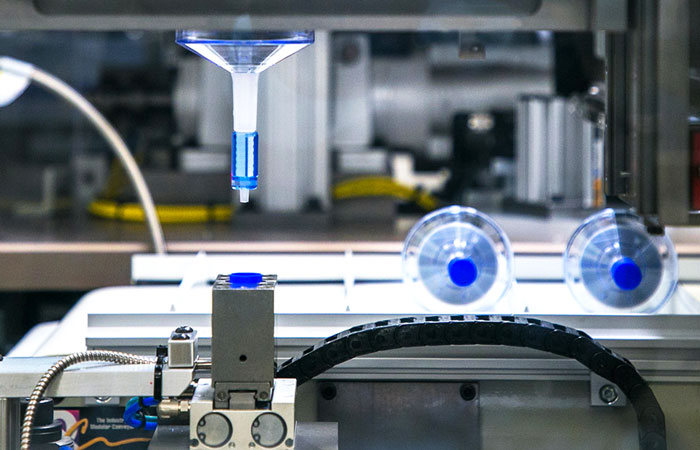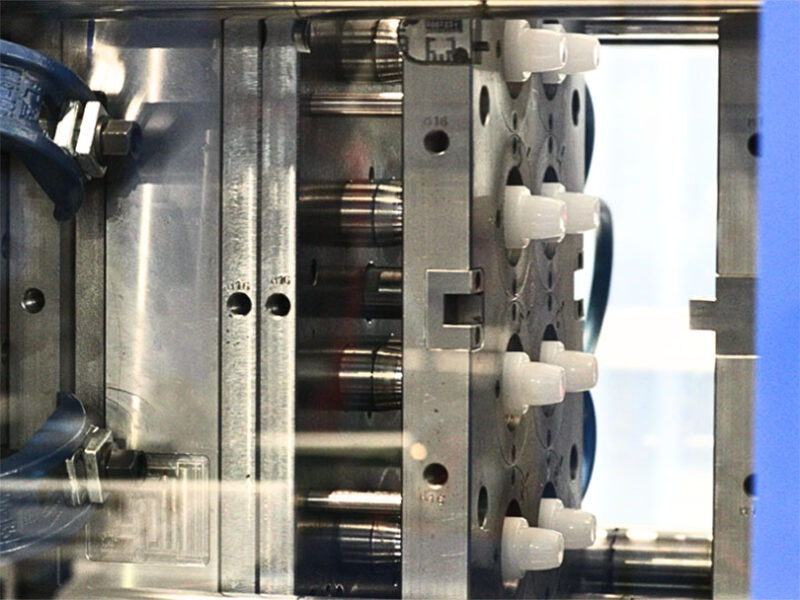Understanding the Plastic Injection Molding Refine for High-Quality Production
Understanding the Plastic Injection Molding Refine for High-Quality Production
Blog Article
Recognizing the Fundamentals of Plastic Shot Molding Processes
Plastic shot molding functions as a cornerstone of contemporary production, providing a methodical technique to generating complex elements with accuracy. This process not only incorporates the basic steps of melting and injecting materials into mold and mildews however additionally entails a nuanced understanding of various influencing elements, such as temperature level and stress. As markets progressively require performance and quality, the ins and outs of this technique become more vital. Discovering these essential elements could reveal how even minor modifications can cause considerable renovations in manufacturing results, elevating concerns about the potential for development in this well established process.
What Is Plastic Injection Molding?
Plastic injection molding is an extensively used manufacturing procedure that transforms polycarbonate and thermosetting products into exact and intricate shapes. This strategy is preferred for its ability to generate high volumes of similar components with exceptional precision, making it an essential approach in various markets, consisting of automotive, durable goods, and medical gadgets.
The procedure involves melting the picked plastic product and injecting it right into a mold and mildew under high pressure. The mold and mildew, created to the specifications of the preferred component, allows the molten plastic to materialize as it cools down and strengthens. When the product has actually hardened, the mold is opened, and the completed part is expelled.
Plastic injection molding offers a number of benefits, consisting of reduced waste, consistency in production, and the ability to integrate detailed layouts that may be testing with other making approaches. Additionally, it supports a broad series of materials, each supplying one-of-a-kind properties that can be tailored for specific applications. As industries remain to innovate, plastic injection molding remains at the forefront, enabling the development of advanced products that meet progressing customer demands.
The Injection Molding Process
The shot molding procedure is an advanced method that includes a number of essential stages to generate top quality plastic components. Originally, plastic pellets are fed into a heated barrel where they are merged a viscous liquid. This molten plastic is after that injected under high pressure right into a precision-engineered mold and mildew, which shapes the product right into the preferred form.
Once the mold and mildew is filled up, the plastic is enabled to cool and strengthen, taking the form of the mold tooth cavity. Air conditioning time is critical, as it influences the cycle time and the last residential properties of the molded component. After enough air conditioning, the mold and mildew opens, and the completed element is expelled utilizing ejector pins.

Materials Utilized in Injection Molding
Different materials can be used in the injection molding process, each offering distinct residential properties that deal with details applications. One of the most commonly made use of products consist of thermoplastics, thermosetting plastics, and elastomers.

Thermosetting plastics, like epoxy and phenolic resins, undertake a chemical change during the healing process, leading to a rigid, inflexible structure. These materials are ideal for applications calling for high heat resistance and architectural stability, commonly utilized in electrical insulators and automotive parts.
Elastomers, consisting of silicone and rubber-based products, supply adaptability and durability. Their unique residential or commercial properties make them appropriate for applications that demand flexibility, such as seals and gaskets.
Furthermore, specialty products like bio-based plastics and compounds are acquiring grip for their ecological advantages and enhanced performance attributes, widening the extent of injection molding applications in various industries. Comprehending the buildings of these materials is essential for choosing the proper kind for certain jobs.
Benefits of Shot Molding
Injection molding stands apart as an extremely effective manufacturing process that provides various advantages for producing complex parts with accuracy. One of the most significant advantages is the ability to create complex designs click reference that would be challenging or difficult to accomplish with other methods (Plastic Injection Molding). The procedure permits limited tolerances and comprehensive features, ensuring high-quality parts
In addition, injection molding is known for its quick manufacturing abilities, making it an optimal choice for high-volume production. When the mold is developed, components can be produced promptly, minimizing lead times and increasing general productivity. This performance not only lowers manufacturing costs yet likewise offers an one-upmanship in the market.
The convenience of materials used in shot molding further improves its appeal. A vast array of thermoplastics and thermosetting polymers can be used, allowing suppliers to choose products that best satisfy their specific demands, consisting of versatility, strength, and heat resistance.
Moreover, the process lessens waste, as excess product can typically be reused and recycled. This sustainability aspect adds to a decreased ecological influence, making visit injection molding an accountable production selection. Overall, the advantages of injection molding make it a favored approach for many markets.
Aspects Influencing Product Quality
While various aspects can affect item top quality in injection molding, understanding these aspects is vital for attaining optimal results. Key aspects include material selection, processing parameters, and mold design.
Material selection plays an important function, as different polymers exhibit distinct properties that affect flowability, strength, and thermal stability. Inadequate material option can lead to defects such as bending or incomplete dental filling.
Handling criteria, including stress, cycle, and temperature level time, must be carefully managed. Variations in these settings can lead to variances partly dimensions and surface coating. Excessively high temperature levels might cause deterioration of the polymer, while insufficient pressure can result in brief shots.
Mold and mildew design is just as crucial, as it figures out the flow of the molten plastic and the cooling procedure. Badly designed mold and mildews may bring about unequal cooling prices, resulting in dimensional errors and residual stresses.

Verdict
In verdict, plastic shot molding works as an essential production process that enables the efficient production of top quality elements. Mastery of the injection molding procedure, including the understanding of products and the impact of numerous aspects on item high quality, is essential for attaining ideal outcomes. The advantages of this approach, such as cost-effectiveness and design flexibility, additional highlight its importance throughout numerous markets, solidifying its status as a favored selection for high-volume production.
Plastic injection molding offers as a keystone of modern-day production, supplying a methodical approach to creating complicated elements with accuracy.Plastic injection molding uses a number of advantages, consisting of minimized waste, consistency in production, and the ability to incorporate detailed designs that might be challenging with various other making techniques (Plastic Injection Molding). As sectors continue to introduce, plastic shot molding remains at the center, allowing the advancement of sophisticated products that fulfill developing consumer needs
The injection molding process is a sophisticated method that involves a number of crucial stages to generate high-quality plastic elements.In final thought, plastic injection molding offers as a vital manufacturing process that allows the reliable production of premium components.
Report this page